
Artificial intelligence

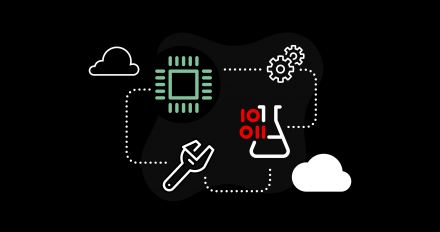
Your first GPU algorithm: Scan/prefix sum
An in-depth look at a foundational GPU programming algorithm: the prefix sum. The goal is to expose the reader to the tools and language of GPU programming, rather see it only as a way to optimize certain existing subroutines.
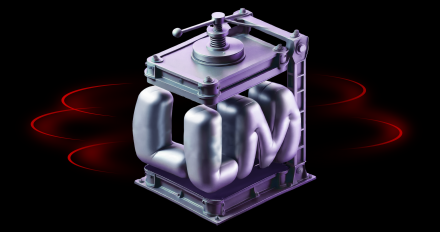
LLM Compressor is here: Faster inference with vLLM
Discover LLM Compressor, a unified library for creating accurate compressed models for cheaper and faster inference with vLLM.
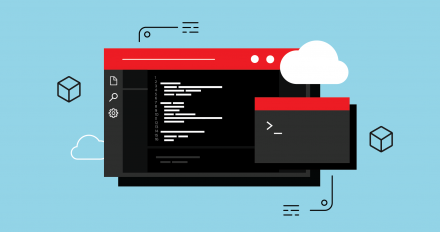
Integrate a private AI coding assistant into your CDE using Ollama, Continue, and OpenShift Dev Spaces
Learn how to set up a cloud development environment (CDE) using Ollama, Continue, Llama3, and Starcoder2 LLMs with OpenShift Dev Spaces for faster, more efficient coding.

What is GPU programming?
The first of a four-part series on introductory GPU programming, this article provides a basic overview of the GPU programming model.

Get started with Red Hat OpenShift Lightspeed
This learning exercise explains the requirements for Red Hat OpenShift
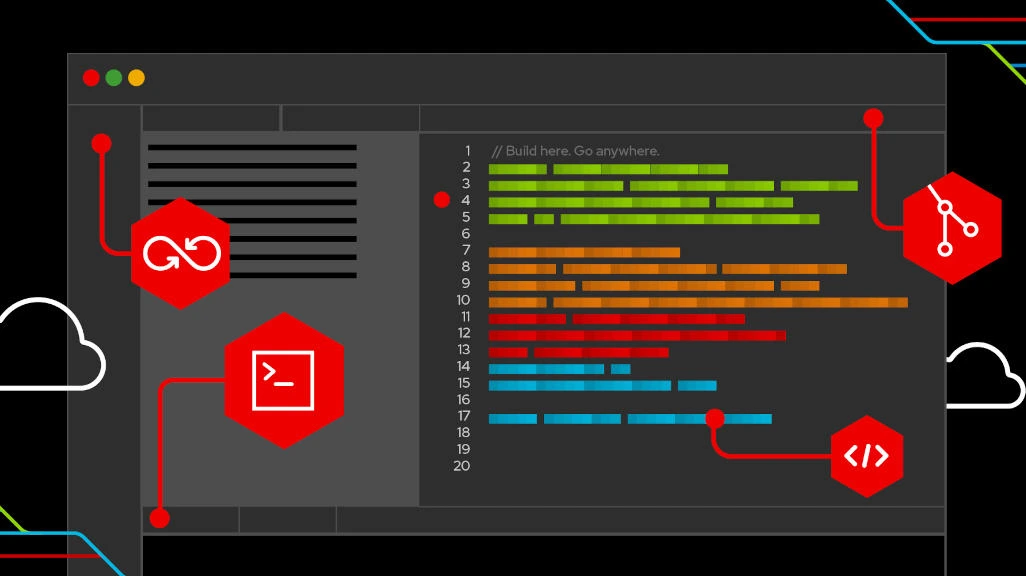
Red Hat OpenShift Lightspeed is now in Developer Preview!
Red Hat OpenShift Lightspeed, your new OpenShift virtual assistant powered by

Red Hat OpenShift AI and machine learning operations
Red Hat OpenShift AI provides tools across the full lifecycle of AI/ML experiments and models for data scientists and developers of intelligent applications.
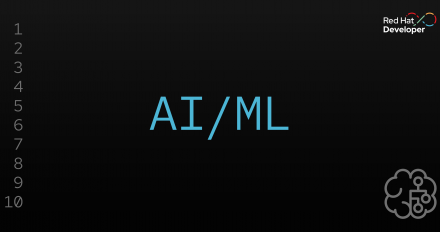
How InstructLab enables accessible model fine-tuning for gen AI
Discover how InstructLab simplifies LLM tuning for users.
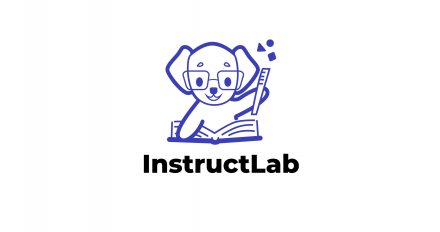
Open source AI coding assistance with the Granite models
Boost your coding productivity with private and free AI code assistance using Ollama or InstructLab to run large language models locally.

TrustyAI Detoxify: Guardrailing LLMs during training
Learn how to prevent large language models (LLMs) from generating toxic content during training using TrustyAI Detoxify and Hugging Face SFTTrainer.
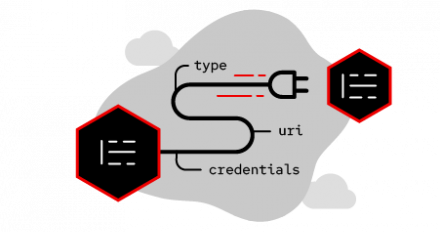
Red Hat OpenShift Data Foundation for developers and data scientists
Learn how to deploy and use the Multi-Cloud Object Gateway (MCG) from Red Hat OpenShift Data Foundation to support development and testing of applications and Artificial Intelligence (AI) models which require S3 object storage.

Creating an AI-powered service for detecting fraudulent card transactions
Train and deploy an AI model using OpenShift AI, then integrate it into an application running on OpenShift.
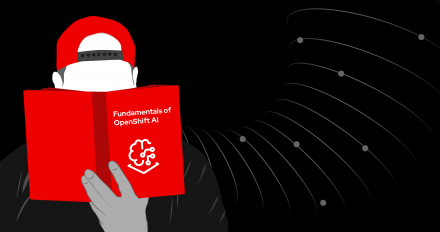
How to train a BERT machine learning model with OpenShift AI
BERT, which stands for Bidirectional Encoder Representations from Transformers
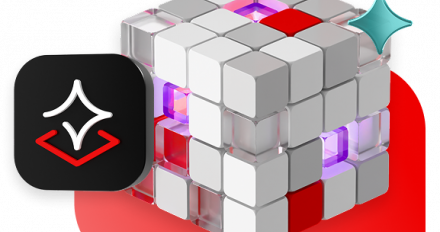
Download Red Hat Enterprise Linux AI
Develop, deploy, and run large language models (LLMs) in individual server environments. The solution includes Red Hat AI Inference Server, delivering fast, cost-effective hybrid cloud inference by maximizing throughput, minimizing latency, and reducing compute costs.

Try OpenShift AI and integrate with Apache Camel
This article explains how to use Red Hat OpenShift AI in the Developer Sandbox for Red Hat OpenShift to create and deploy models.
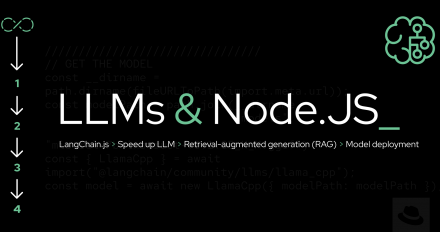
A quick look at large language models with Node.js, Podman Desktop, and the Granite model
Explore large language models (LLMs) by trying out the Granite model on Podman AI Lab.

Protecting your models made easy with Authorino
This article demonstrates how to register the SKlearn runtime as a Custom ServingRuntime, deploy the iris model on KServe with OpenDataHub, and apply authentication using Authorino to protect the model endpoints.

Red Hat Enterprise Linux AI
Develop, deploy, and run large language models (LLMs) in individual server

vLLM brings FP8 inference to the open source community
Explore the integration of FP8 in vLLM. Learn how to receive up to a 2x reduction in latency on NVIDIA GPUs with minimal accuracy degradation.

Manage deep learning models with OpenVINO Model Server
Explore how to use OpenVINO Model Server (OVMS) built on Intel's OpenVINO toolkit to streamline the deployment and management of deep learning models.
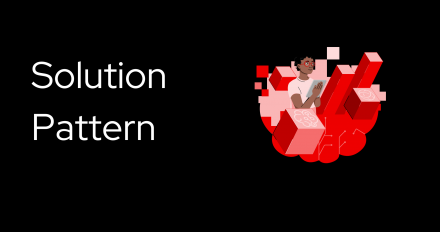
Solution Pattern: Event-driven intelligent applications
Event-driven Sentiment Analysis using Kafka, Knative and AI/ML
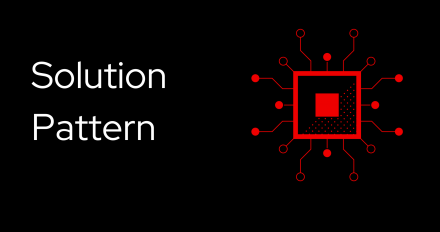
Solution Pattern: Edge to Core Data Pipelines for AI/ML
End-to-end AI-enabled applications and data pipelines across the hybrid cloud

How to install KServe using Open Data Hub
Learn a simplified method for installing KServe, a highly scalable and standards-based model inference platform on Kubernetes for scalable AI.
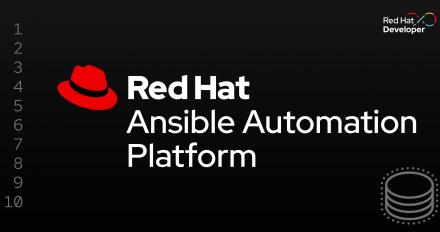
Generate Ansible Playbooks using natural language prompts
Learn how to generate complete Ansible Playbooks using natural language prompts and boost automation productivity with Red Hat's new Ansible VS Code extension.
